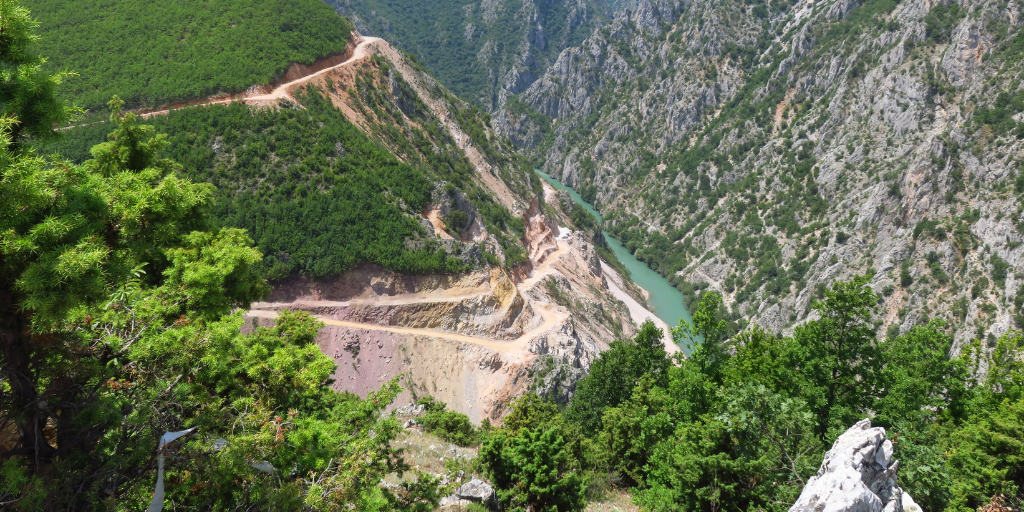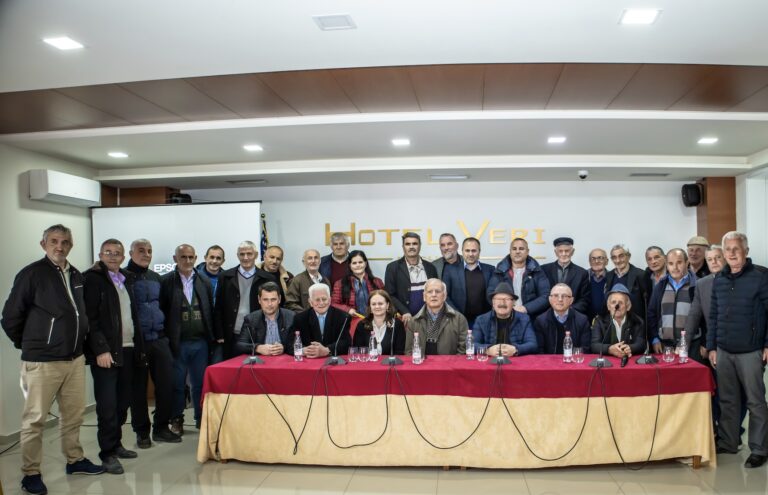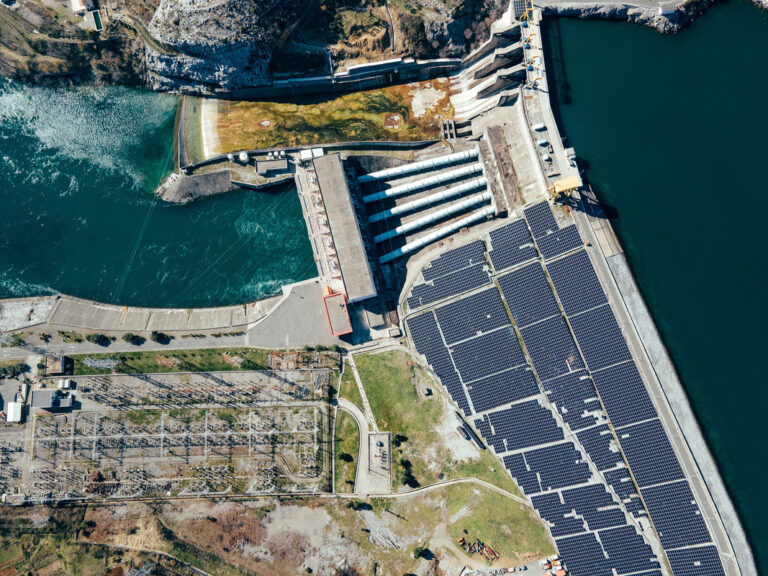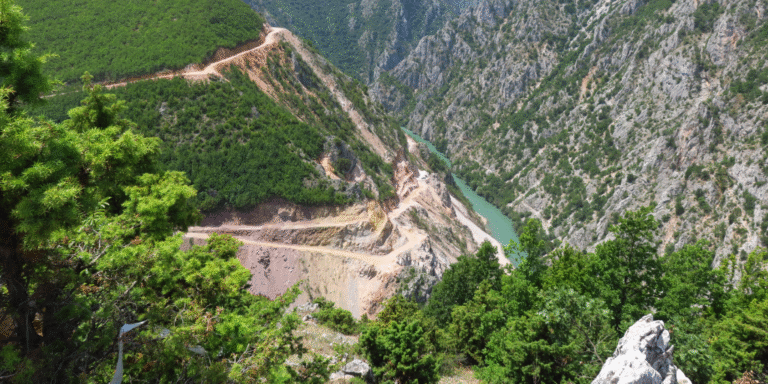
Skavica Dam: A Billion-Euro Burden Disguised as Progress
By Ferzileta Gjika
The Albanian government continues to promote the Skavic a hydropower plant as a solution to the country’s energy challenges. But a newly released report by Ernst & Young Albania, commissioned by the state energy corporation KESH, reveals a troubling truth: Skavica is not only economically unsustainable—it threatens to burden Albanian citizens with unmanageable debt and higher electricity costs.
a hydropower plant as a solution to the country’s energy challenges. But a newly released report by Ernst & Young Albania, commissioned by the state energy corporation KESH, reveals a troubling truth: Skavica is not only economically unsustainable—it threatens to burden Albanian citizens with unmanageable debt and higher electricity costs.
The project’s cost has now soared to €1.3 billion, making it one of the largest infrastructure investments in the country’s history. Yet the financial foundations of the project are fundamentally unstable. According to the Ernst & Young report, KESH’s current electricity tariffs are insufficient to service the debt required for Skavica’s construction and operation. In order to make the project viable, the price of electricity would need to rise to €300 per megawatt-hour (MWh)—more than double current regional market rates.[1]
To achieve this, the report suggests two troubling options: either raise energy prices for Albanian households and small businesses, or cut KESH’s obligation to provide affordable public energy by roughly 50%.[2] In either case, the public pays—particularly the most vulnerable populations.
At the same time, the project carries enormous financial, operational, environmental, and social risks. Among them:
– Construction risks, including delays and cost overruns;
– Operational risks, such as seasonal generation variability and long-term maintenance expenses;
– Environmental and social risks, including mass displacement and destruction of ecosystems within the Drin River basin.[3]
These risks have already made major international financiers wary. According to the report’s market analysis, no major financier is currently willing to absorb the uncovered risks, especially given Albania’s limited track record with mega-infrastructure projects.[4] Meanwhile, the U.S. International Development Finance Corporation (DFC) has raised concerns over the project’s compliance with environmental and social safeguards outlined in its own investment criteria.[5]
This is not the first such warning. A previous study by French consultancy Sogreah in 2011 evaluated an earlier version of the project, known as Skavica 441, and concluded that it was not cost-effective, primarily due to high displacement costs and significant environmental damage. Notably, the projected cost at the time was €662 million—half the current estimate.[6]
And yet, the project keeps resurfacing, year after year, haunting the people of Dibra, who have lived for decades under threat of displacement, their futures held hostage to a dam that has never materialized.
But the stakes are now even higher. If the Skavica project moves forward, it’s not just Dibra that will suffer—it’s every Albanian citizen, who may be forced to pay more for electricity for decades to come.
Instead of doubling down on an outdated megaproject, Albania should pivot toward a modern, just, and climate-resilient energy future. The country currently loses more than 21% of its electricity in transmission—a figure more than triple the EU average.[7] Investing in grid efficiency, decentralized solar and wind power, and regional interconnection would provide far more sustainable returns, without displacing communities or indebting the nation.
Skavica is not a path to energy independence. It is a path to economic inequity, social injustice, and environmental degradation. It is time to lay this project to rest—permanently—and to begin building an energy system that reflects the needs and rights of the Albanian people, not just the ambitions of contractors and creditors.
References:
- [1] Ernst & Young Albania Report for KESH, March 2024 – Summary of Findings.
- [2] Ibid – Recommendation section on public service obligation reduction and tariff modeling.
- [3] Ibid – Risk Assessment Matrix.
- [4] Ibid – Market Sounding Findings.
- [5] U.S. International Development Finance Corporation (DFC) – Environmental and Social Policy and Procedures, Annex B (2020).
- [6] Sogreah Consulting Engineers, ‘Skavica 441 Hydropower Project Feasibility Study’, 2011.
- [7] Energy Community Secretariat, Albania Energy Profile 2023: https://www.energy-community.org/implementation/Albania.html



